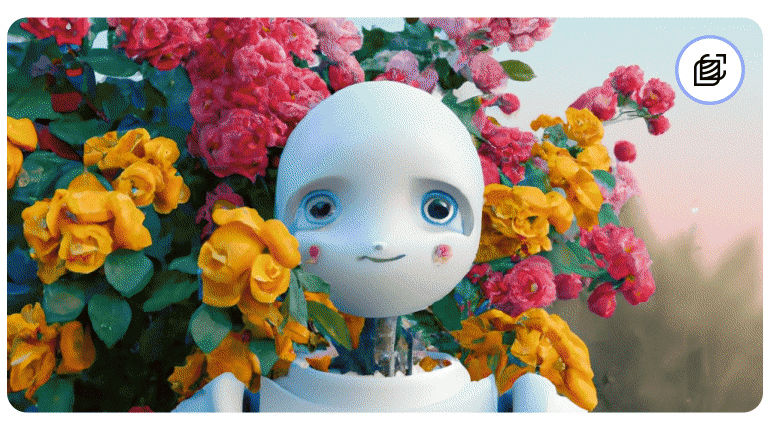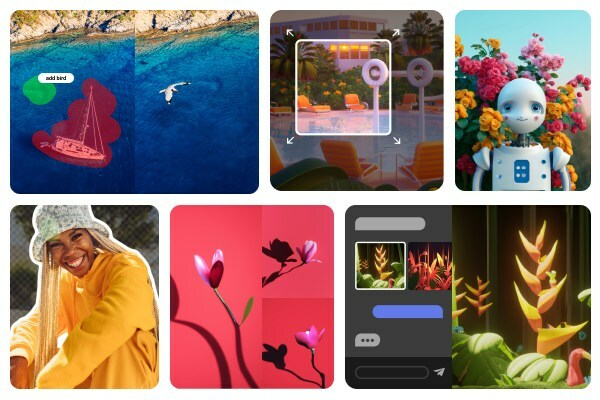Shutterstock Reinvents Stock Library With New Generative AI Image Editing Tools

Shutterstock has released a set of generative AI-fueled editing tools that will allow users to customize and refine any of the over 700 million images in its stock library. The toolkit relies on OpenAI’s large language models, expanding on the partnership formed in January when Shutterstock began testing synthetic image generators using OpenAI’s DALL-E line of text-to-image engines.
AI Customized Stock Library
Shutterstock describes the new tools as the first time a stock photo marketplace has enabled such extensive AI-based image modification options. The six features rolling out from Shutterstock are built around editing and transforming images as well as producing new content. The AI Image Generator upgrades the one previewed at the start of the year, with plans to incorporate the new DALL-E 3 text-to-image model unveiled by OpenAI this summer, and the Variations feature gives multiple options based on a stock photo or AI-generated image. The Magic Brush tool essentially fits that tool within an existing image, allowing users to mark an area in the image they want to change and use a text description submitted by the user to add, remove, or replace the highlighted section. The Background Remover does the same but inverted to remove and replace the background of an image while keeping people or objects in place. The Expand Image and Smart Resize features use generative AI to synthesize what might be visible were the photo taken from further away or if the image matched a different set of dimensions, respectively.
“This is an unprecedented offering in the stock photography industry,” Shutterstock CEO Paul Hennessy said in a statement. “Now, creatives have everything they need to craft the perfect content for any project with AI-powered design capabilities that you can use to edit stock images within Shutterstock’s library, presenting infinite possibilities to make stock your own.”
Shutterstock said artists will be compensated if their uploaded images get licensed after AI editing. But to protect contributor IP, it will not accept AI-generated or edited content as new submissions for its library. And the company has promised to protect any enterprise customer using its generative AI tools to make synthetic media with an indemnification clause added to its license boilerplate text. Shutterstock said additional capabilities are expected in the future as AI progresses. The goal is to bring users as close as possible to directing a photoshoot themselves by providing infinite possibilities to customize stock images.
“Shutterstock was founded with the goal of bridging the gap between photographers and the creative professionals who want to license their content,” continued Hennessy. “This new offering will bring our customers one step closer to their desired creative, as if they were directing the photoshoot themselves.”
Follow @voicebotaiFollow @erichschwartz
Shutterstock Launches AI Text-to-Image Generator Powered by OpenAI’s DALL-E









